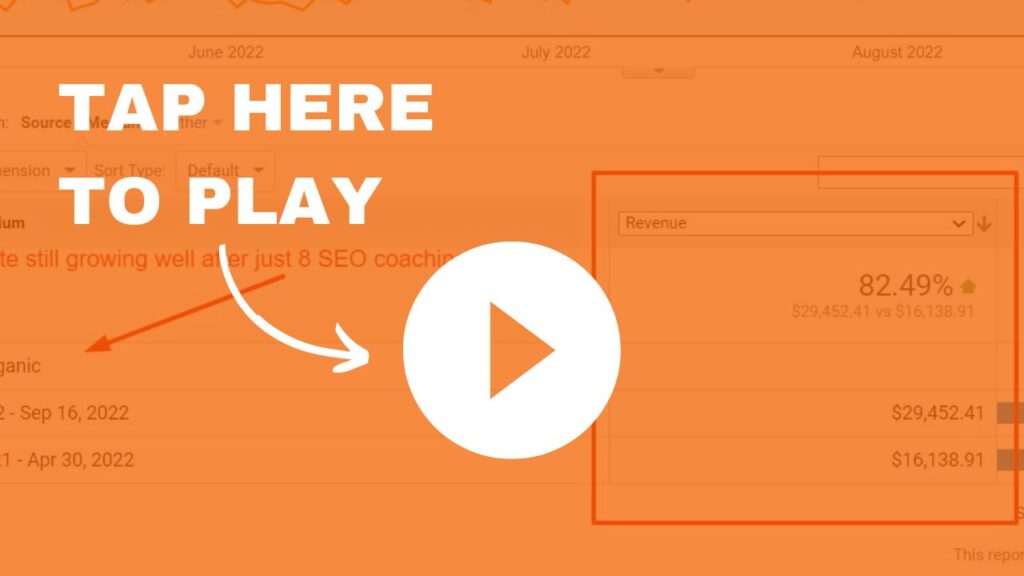[Case Study] How I 5x Traffic of This Pet Shop Using SEO
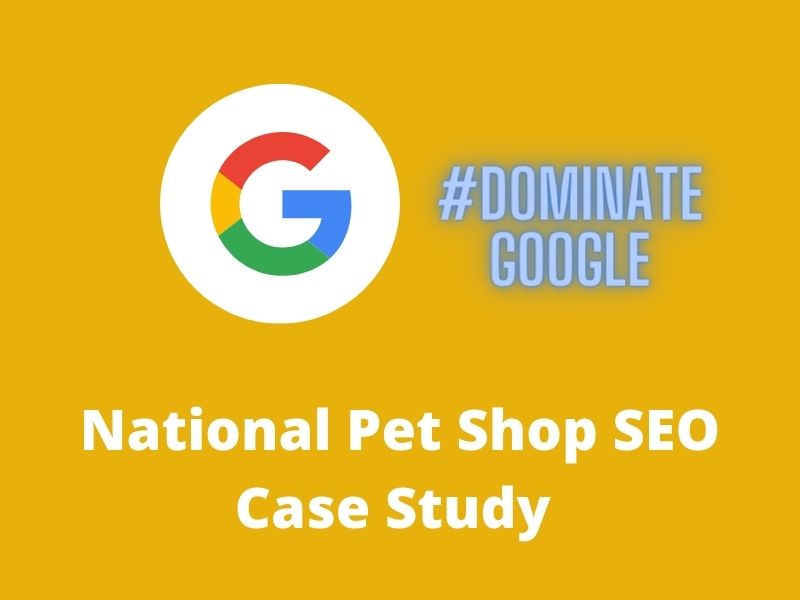
This is an SEO case study of how I increased the traffic to a pet shop website by 5 times (from 480 visitors per month to 2,400 visitors per month) on Google in just 4 months using SEO.
Just like any other of my case studies, I’m not going to reveal the website and keywords due to security and privacy reasons. But in this article, you will find some of my overview process of how I went about achieving the results along with various screenshots proof.
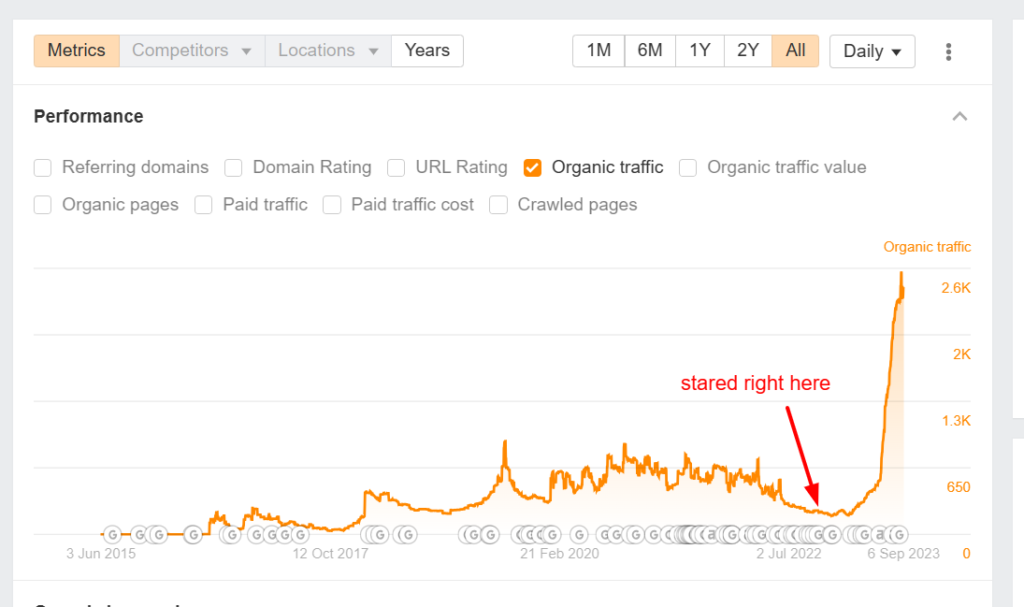
Project Background
The client has been running a Weebly pet shop website for over 8 years, doing SEO on his own, and running some Google Ads. The website is based in Singapore and it sells mainly puppies and dog grooming equipment. The client already has some good branding.
The client approached me back in March when his site got hit by Google March’s Core Update for 2 SEO coaching program to help him get back on track. But then later decided to hire me for a full service in April. The goal was to recover the site back to where it was and to rank the website better for the main keyword and other dog breed keywords nationally.
Challenges
The project faces a couple of challenges as follows:
- Platform limitation – The client’s website is made using Weebly, which severely limits many aspects of what can be changed on the website. We initially thought of moving to WordPress but since the client was already ranking well enough for many keywords, we decided that it would be too risky as changing platforms can negatively affect SEO performance, even if everything is properly handled.
- Strong local competitors – There are a couple of strong location-specific competitors with a strong local presence and domain name ranking in the niche.
- Limited budget – The client approached me with a limited budget of just $500 per month.
The Campaign
Here are the overviews of how I approached the campaign:
On-Page Optimization
The main focus of the campaign was to re-optimize the existing pages on the website according to my on-page techniques, using a scientifically proven system.
This includes things like:
- Heading (h1,h2 & h3) optimization using NLP and density method
- Page structure optimization and addition of sub-topics:
By structuring the page in such a way that there are logical connections from one section to another. For example, I started the page with an introduction to the service and company, followed by the services provided, then reasons to hire the company, etc. All these subtopics are important for service pages as they answer the questions related to the intent using the NLP technique. - Sentence-level optimization using semantically relevant keywords:
By making sure that each sentence is properly optimized using semantically relevant keywords based on reverse engineering the competitors and using a proprietary tool that I created. You can use on-page tools like Surfer-SEO to help with the process. - Internal links:
Make sure every other page on the website is internally linked up to the main page to form a semantic connection for the overall topic on the website. For the anchor text, I mainly used the exact match keyword and the partial-matched keyword. - URL optimization
- Keyword count and variation optimization:
Making sure that I have used the right frequency of each keyword on the page. For example, for the word “puppies”, I made sure to check the competitors’ average and see how many times I should use this word. You can again, use tools like Surfer SEO, but there’s really no hard rule for this. I’d like to keep it a little lower than the average to avoid over-optimization. - Design refinement and connection
One thing I’ve also done after the web design process was to refine the design elements on the page to make sure they are consistent in the flow and all the sections and areas are connected without breaking the semantic connection from one area to another.
Another aspect covered in the on-page was to create some new pages that belong to the same intent cluster to help increase the satisfaction probability score (topical relevance). For example, add more dog breed pages to help build dog-related keyword clusters.
I didn’t focus a lot on the information/blog pages as the main focus of the client was to rank for commercial keywords.
Off-Page Optimization
Once the on-page of the site is ready, the next thing is to start looking into off-page factors.
Usually, I would include brand building into the off-page optimization but since the client already had good branding, the main focus was on building powerful, relevant backlinks.
I mostly focused on high-quality PBNs that are built to multiple pages on the website to help increase the over authority and satisfaction score.
For the anchor text, I mostly use branded and semantically relevant words to avoid over-optimization.
Results
Here are some of the screenshots from Google Search Console and Ahrefs traffic graph
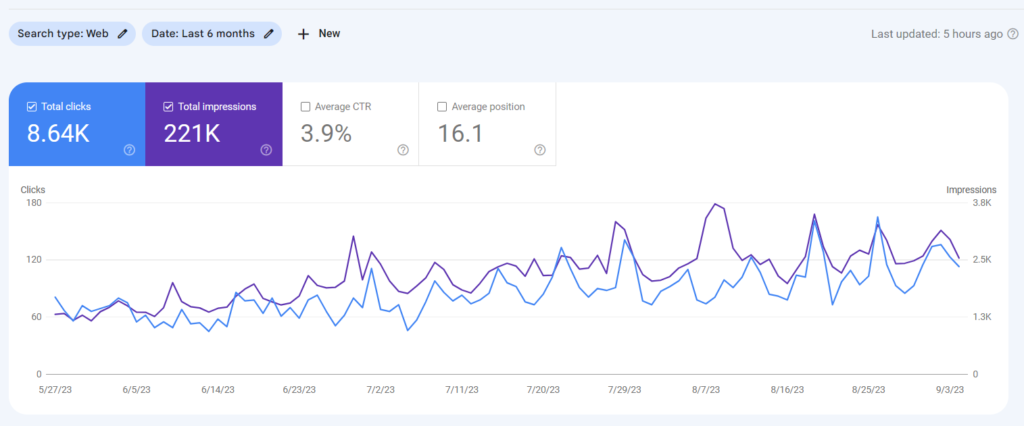
Ahrefs traffic graph:

What’s Next?
The client has decided to continue with the service for another month and no sign of canceling anytime soon. Currently, the main keyword is hovering in the middle of page 1, from page 3. So the goal is to get to the top 3 for the main keyword.
If you’re looking to rank your site #1 on Google using scientific-based methods or simply just want me to train you how to do SEO, don’t hesitate to reach out at [email protected]

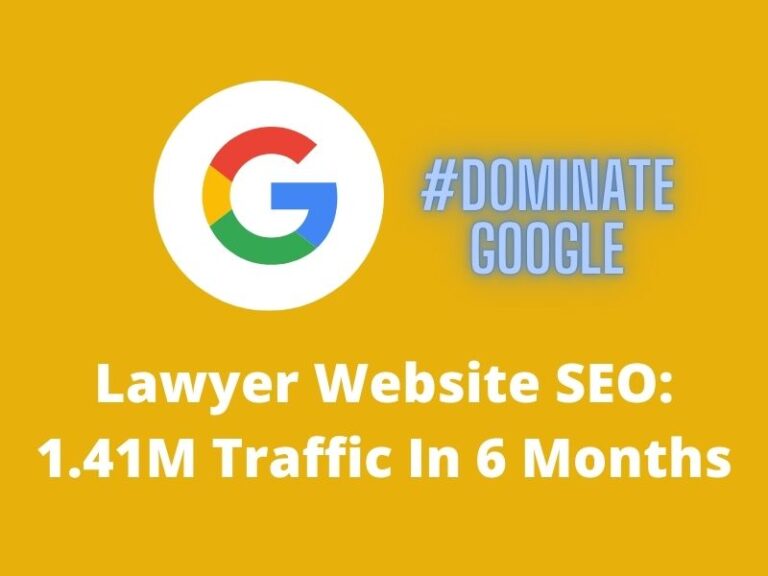
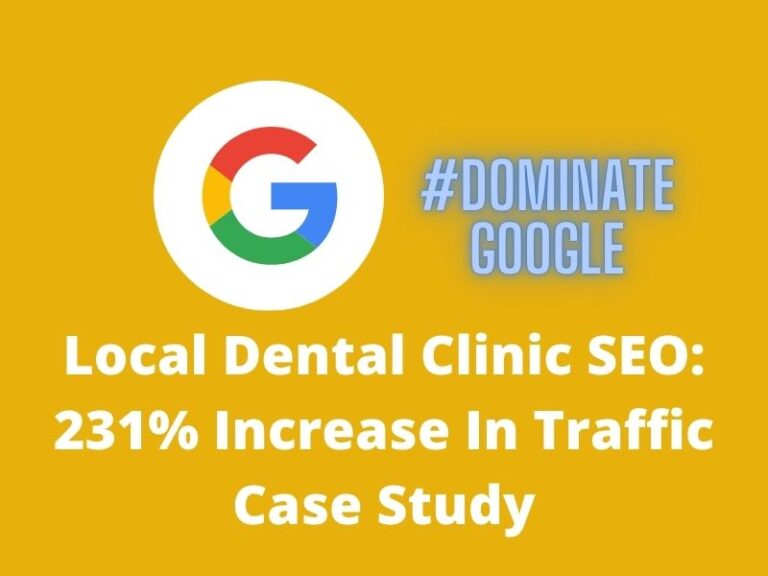
![[Case Study] How I Helped This National Music Lessons Client Double His Traffic & Rankings](https://techjackie.com/wp-content/uploads/2022/03/Music-Lessons-Client-SEO-Coaching-Case-Study.jpg)
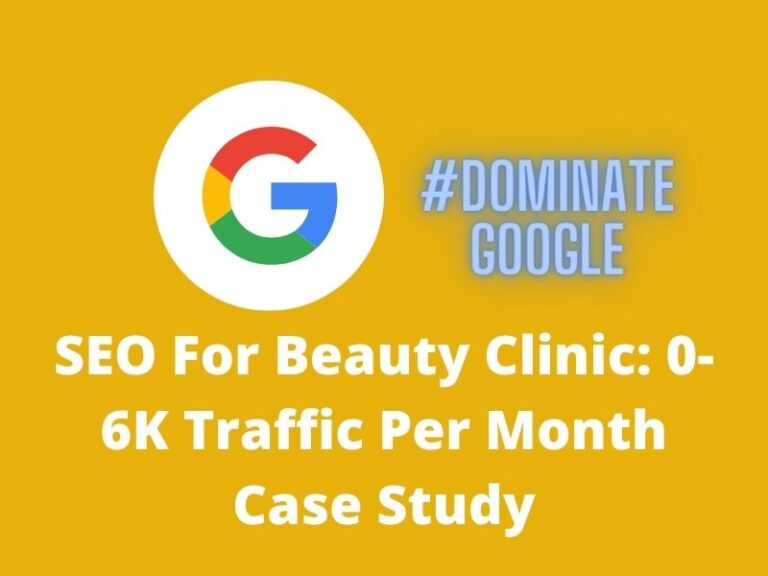
![[Case Study] How I Helped This Local CBD Site Quickly Grew New Site Traffic](https://techjackie.com/wp-content/uploads/2022/09/local-CBD-seo-case-study.jpg)
![[Case Study] How I Helped This Affiliate Site Triple Their Traffic & Rankings](https://techjackie.com/wp-content/uploads/2022/04/Coupon-Referral-Affiliate-SEO-Coaching-Case-Study.jpg)
